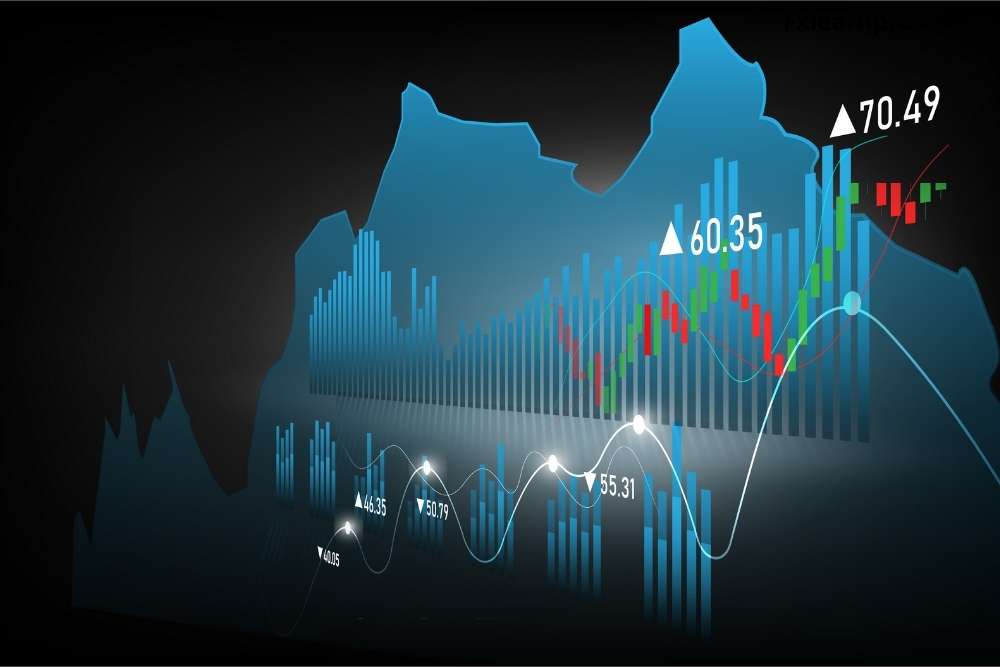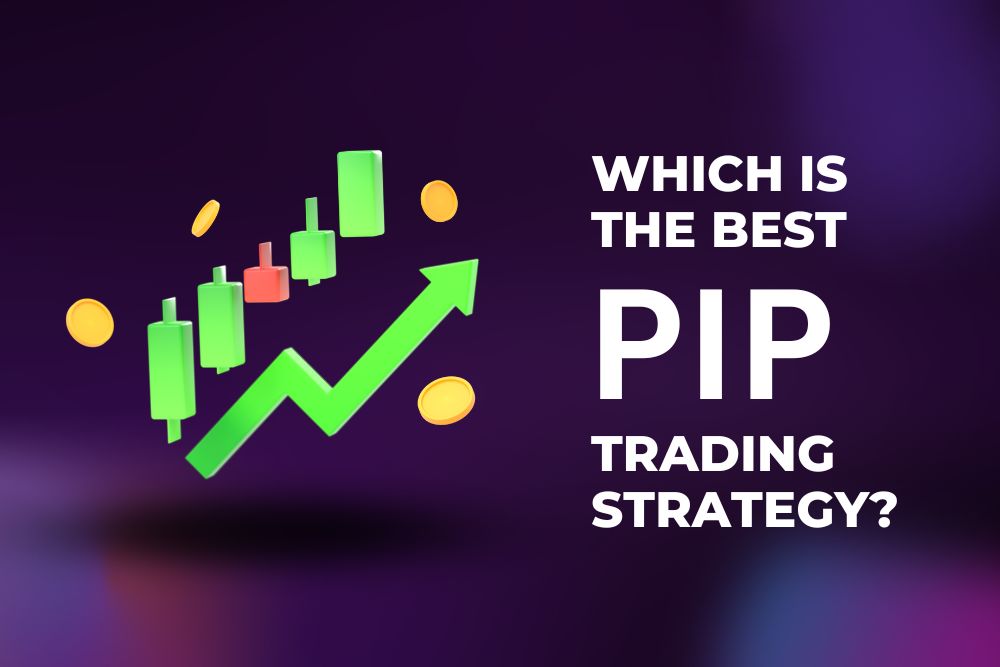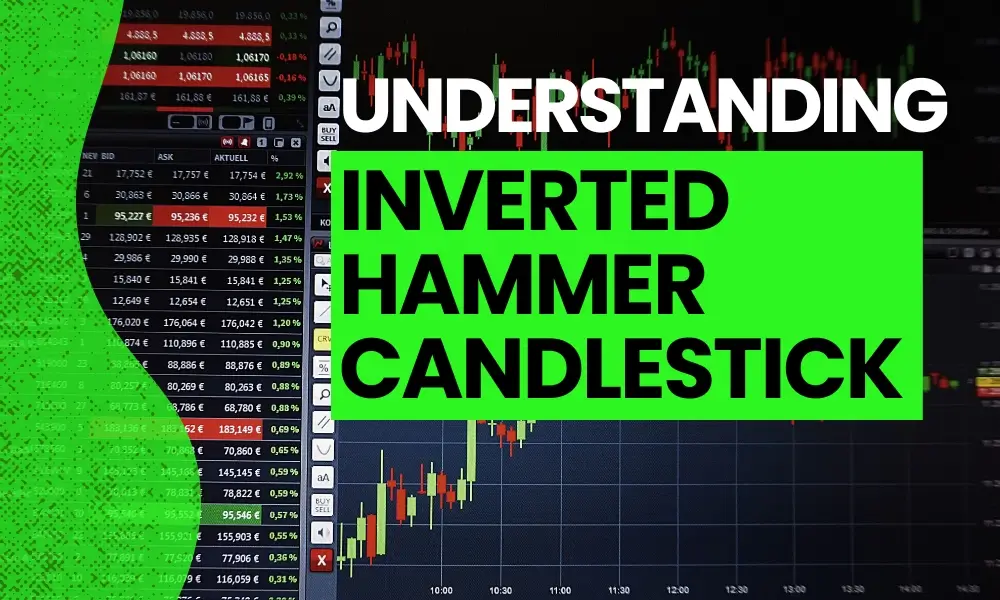Pips are significant in Foreign Exchange (Forex) trading as they serve as a reference for measuring gains or losses. Traders commonly use pips to quantify the fluctuations in exchange rates between currency pairs.
A pip is calculated based on the last decimal point, representing the smallest unit of change in the exchange rate. In most cases, major currency pairs are priced with four decimal points. This final decimal point, equivalent to 1/100 of a percent or one basis point, signifies the smallest possible movement.
Importance of Pip in Forex Trading
Percentage in point or price interest point, is the smallest price movement in the exchange rate of a currency pair.
In most currency pairs, the fourth decimal place denotes the smallest unit of change. However, the Japanese Yen is an exception, as the pip for all Yen-denominated pairs is the second decimal place after the zero.
Traders in the Forex market measure their gains and losses in pips, which play a crucial role in assessing performance.
While brokers typically calculate the pip value, it is important for traders to have a clear understanding of how pips function.
Paying attention to pip movements on currency charts is also essential, as it can impact overall trading outcomes.
Ultimately, the movement of a currency pair determines whether a trader realises a profit or loss.
Understanding the Basics: Pips, Pipettes, Fractional Pips, and Spreads
Pips:
In currency trading, the value of a pip can vary depending on the lot size used. Lot sizes are mainly regular lot, mini lot and a micro lot.
Spreads:
The spread refers to the difference in pips between the bid and ask prices in Forex trading. As many Forex brokers offer commission-free trading, they earn their profits through the spread.
When traders buy at the ask price and sell at the bid price, the broker retains the spread as their compensation.
Pipettes or Fractional Pips:
Beyond the standard pip, some Forex brokers quote currency prices to one decimal place. Pipettes are fractional divisions of pips that allow for greater flexibility in pricing and spreads.
Many Forex brokers offer “fractional pip pricing” in addition to the regular pip. A fractional pip is one-tenth of a pip, represented by adding a fifth decimal place.
The inclusion of fractional pips allows for tighter spreads and a more precise understanding of currency market fluctuations.
How to Calculate Pips?
Calculate the value of a pip without the help of a pip value calculator. Learn with a step-by-step calculation procedure, with example.
- To start, first, decide on the pip size. It is 0.0001 for all currency pairs except for a few, including the Japanese yen, which has a value of 0.01 due to the Yen’s low value.
- Calculate the current exchange rate.
- To calculate the pip value for a specific position size, use the following general formula:
- (pip size / exchange rate) x position size = pip value
- Using the current exchange rate, convert the pip value to your base currency.
Here’s an example to make you understand better:
Suppose a Forex trader has opened a one-lot position on the GBP/USD at 1.3589, which implies you’d have to spend 1,35,891 pounds in exchange for 100,000 USD to purchase a lot on the GBP/USD at 1.3589.
Suppose the pair’s value increases by 2 pips. Let’s convert it into money.
Let’s divide one pip in decimal form (here 0.0001) by the current exchange rate — the closing rate after the 2-pip rise – to get the value of one pip.
The result must then be multiplied by the trade’s notional value. One pip is worth (0.0001/1.3589) x 100,000 = 7.35 pounds. As a result, you will make a profit of 14.70 pounds (7.35 x 2).
Now, convert the profit back into USD, based on our current new exchange rate (14.70 x 1.3589) – $19.97 is the trader’s profit.
Which is the Best Pip Trading Strategy?
After gaining an understanding of what are pips and how they work, you can now explore a few trading strategies to maximise profit potential.
While there is no fixed amount of pips to use per day, a strategy that aims to provide daily traders with consistent profit outcomes is worth considering.
To test new strategies before applying them in real-time trading, it is recommended to use a demo account for practice trading.
Conversely, the 5 pips per day Forex trading strategy is centred around trading within a short time frame.
Rather than fixating on the number of pips, traders should focus on executing well-developed trading plans.
Opting for lower leverages is also more likely to yield favourable results. Trading with 5 pips per day in the Forex market is not advisable for currency pairs with wide spreads, as traders may experience losses more rapidly.
Since this strategy follows trends, it is not suitable for markets that are stagnant or moving within a range, as traders may frequently receive false trend signals.
The advantage of the 5 pips a day strategy lies in its simplicity of implementation, particularly for novice traders.
Effects of Leverage on Pip Value
This leverage feature enables traders to potentially make significant gains or losses even with small movements in pips.
Leverage is a valuable tool in trading as it allows traders to access larger market exposure at a relatively low cost through margin trading.
The impact of leverage is determined by regulatory guidelines that govern your broker. These regulations dictate the margin requirements necessary to open and maintain trades.
In simple terms, margin refers to the amount of money required in your trading account as a percentage of the total value of your position.
What changes the pip value?
Most currency pairings have their pip value determined by the base value of a trader’s account. For example, suppose the currency pair has USD as the second (quote) currency.
In that case, the pip value is always $10 on a normal lot, $1 on a mini lot, and $0.10 on a micro lot for a USD-denominated account, which is usual for the most traded currency pairings.
Pip values would only change if USD was the initial (base) currency in the currency pairing or if the pair were not involved at all, and if USD’s value moved considerably in either way by more than 10%.
Conclusion:
Pips are utilised by Forex traders to monitor fluctuations in prices and effectively manage their profit and loss. They serve as a crucial element in risk management, allowing traders to set stop-loss levels based on pips to mitigate potential losses.
Moreover, pips aid traders in determining the optimal position size, preventing them from taking excessive risks by entering trades that are excessively large and precarious.
FAQ’s:
-
How much does a trader make with each pip?
For a standard lot, every pip carries a value of $10, and any profit or loss incurred will be measured in US dollars.
-
How to calculate pips in foreign currency?
To determine the pip value, start by dividing one pip, usually represented as 0.0001, by the current market value of the currency pair. This will give you the pip value for that specific pair. After obtaining the pip value, multiply it by your lot size or the number of base units you are trading to calculate the overall value of the pips in your trade.
-
How much is 100 pips worth?
100 pips are equivalent to 1 cent, and 10,000 pips are $1.
-
How many pips take profit?
The risk-to-reward ratio is 1:3. This means that the potential profit on a trade should be three times greater than the potential loss.
-
What is leverage in trading?
Leverage in trading allows traders to open positions that have a higher value than the amount of money a trader deposits.











